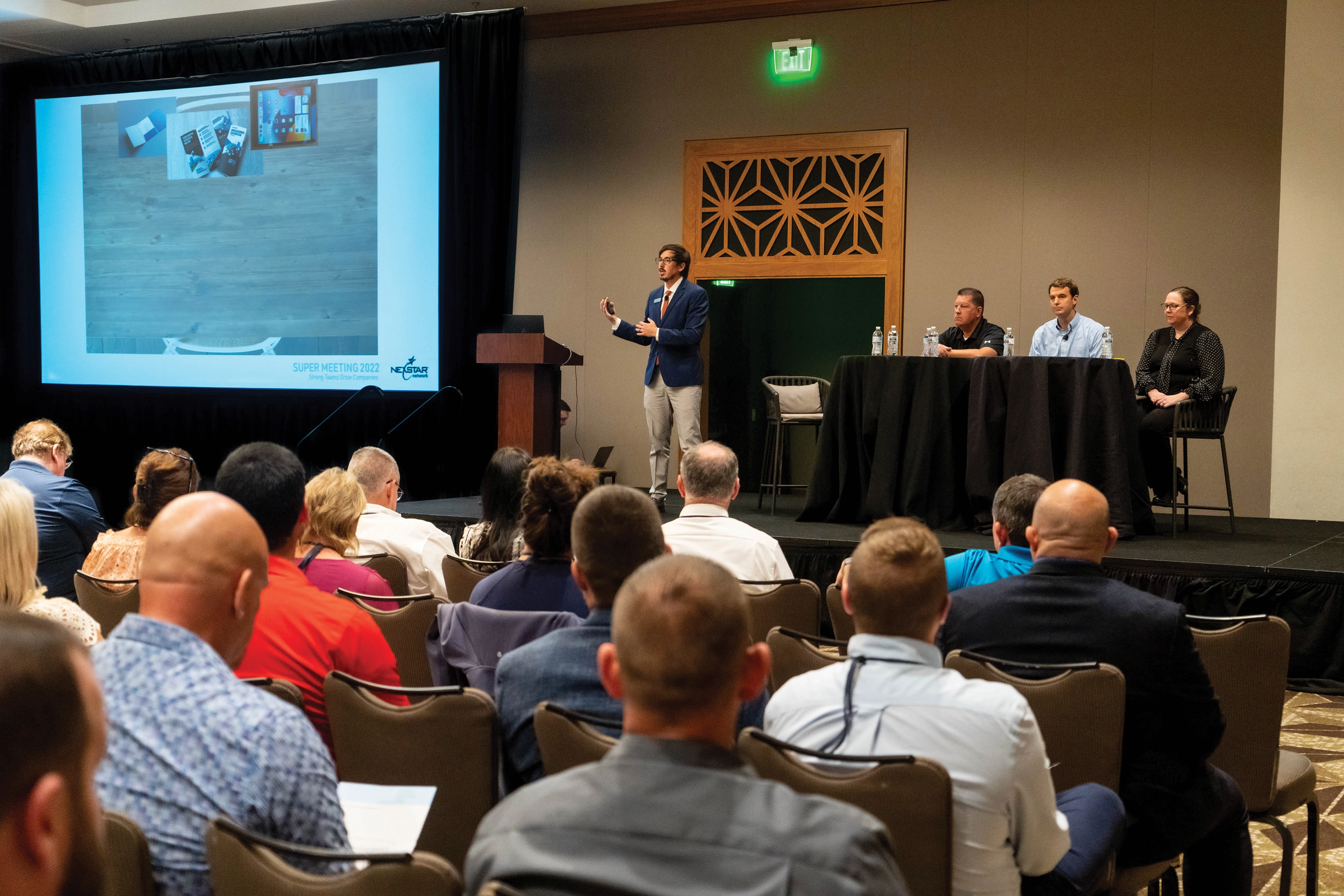There’s no denying that social media has taken the world by storm. Facebook, LinkedIn, and Twitter boast millions of users. Social media is now an everyday tool used for customer engagement, staffing, retention, and increasingly — branding. Its omnipresence has enabled what I call tri-branding.
Tri-branding happens when companies use social media to link both product and employment brand, and also get their customers to sing their praises. Instead of treating these as separate promotional endeavors, use social media to present a singular brand that raises awareness across the board.
You can boost your brand via tweeting, posting, and blogging. News on recently completed jobs, new products and services, job openings, key promotions and hires, and press releases are all opportunities to promote your company’s brand using social media tools.
Powerful Video Posts
One of the ways tri-branding returns benefits is when your customers promote you on your behalf. When keynoting, I often show a YouTube video of a Southwest airlines flight attendant singing a country song as part of her opening comments to fellow passengers to “buckle up.” This video has now been seen by millions of viewers. Think of the benefits of this example for Southwest Airlines: promotion of their product and service as unique in the airline marketplace, as well as a representation of the company’s workplace culture as one that promotes individualism and fun.
Think about it: A customer, on their own, branded Southwest’s product in a positive way, with Southwest being the beneficiary of millions of views. How much would it cost Southwest to proactively seek similar exposure through traditional marketing alone?
Of course, if a customer has a bad experience, the opposite can happen. Many companies are afraid of the realistic downside of social media (employees saying the wrong thing, badmouthing the employer, inadvertently sharing information publicly that should only be shared privately, customers saying negative things about their establishment, etc.). And their concern is often legitimate. (See Mike Coyne’s article on social media’s legal land mines.) The solution is to get involved. You can’t ignore social media. Have a plan.
Take Control of Social Media
Unless you take control of social media, you risk social media taking control of you. This starts by having a system to screen content to make sure it is accurate and respond quickly if someone points out that it is not.
Think about what happened with Subway recently. Customer Matt Corby from Australia was innocently eating the fast food chain’s signature “foot long” sub, when he noticed that the sandwich appeared smaller than advertised. He measured the sandwich, and discovered it was 11 inches long. So he decided to post a photo of his discovery on Subway’s Facebook page, positioning his sub next to a tape measure along with the message “subway pls respond.” Corby’s photo was seen by thousands of Subway customers, and even resulted in copycat photos all over the social networking site, including one featuring a sandwich compared to a human foot in a sock. Subway had a PR nightmare on its hands. Remarkably, some disgruntled Subway customers even filed lawsuits against the fast food chain, claiming false advertising.
That is where we are with social media today — it’s not going away — and staying away from it because you fear it would be a mistake.
When I address audiences, I remind them that once upon a time, we would lock our rotary telephones so employees wouldn’t “steal” company resources by calling their relatives or friends with the toll-free telephone line. I also recall a company lawyer storming into my office one day exclaiming, “You’re not really going to allow our employees to have access to email, are you? They’ll steal our intellectual property!” As we reflect back, these concerns seem ridiculous and illustrate that if you’re not embracing and leveraging social media, you are keeping yourself in place while the rest of the world moves on. And if you don’t have control of how your brand is portrayed on social media, the bad could quickly outweigh the good.
Concentrate on the Positive
Instead of viewing social media as a danger, focus on its opportunities, especially for finding good employees. When you get current employees engaged, they not only will be promoting your brand to customers, but also to potential employees who otherwise would miss an opportunity to join your company because you don’t use social media.
Identify their most “connected” employees and ask if they would be interested in being brand ambassadors, and tweet new products and or services, advertise new developments, post new positions, etc.
Social media should be used to further leverage one’s employer value proposition. When I work with new clients, the first thing I do is to help them define who they are. Why do people stay with their company? Why do people want to work for their company? Who are their stars, and what are the common behaviors and traits their stars possess?
One company that uses lots of videos to promote its culture to both customers and future employees is Halco Heating in Upstate New York (www.halcoenergy.com). In the YouTube video “Job Opportunities in Syracuse and Finger Lakes/Work for Halco,” President Hal Smith talks not only about how the company’s scheduling model has done away with overtime but also about growing opportunities in renewable energy such as geothermal. Interested technicians and other viewers learn not only about the technician schedule but also that Halco is a “green” company and provides the latest heating and cooling technology.
In another video about customer service, Smith brings up the no-overtime benefit again, stating that it allows the company to provide a fully staffed office and immediate service until 9 p.m. seven days a week. He then explains that they have a live answering service for calls after 9 p.m., so “when you call Halco, you’ll never get an answering machine. It’s our way to provide extraordinary, excellent customer service.”
Bob Kelleher is a speaker, thought leader, and author of Creativeship: A Novel for Evolving Leaders. His first book, LOUDER THAN WORDS: 10 Practical Employee Engagement Steps That Drive Results, has been one of the nation’s top selling employee engagement books since its release in 2010. Kelleher is also the founder and CEO of The Employee Engagement Group, www.EmployeeEngagment.com, and consultant on the subjects of employee engagement, workforce trends, and leadership. For more information, please visit www.bobkelleher.com.


